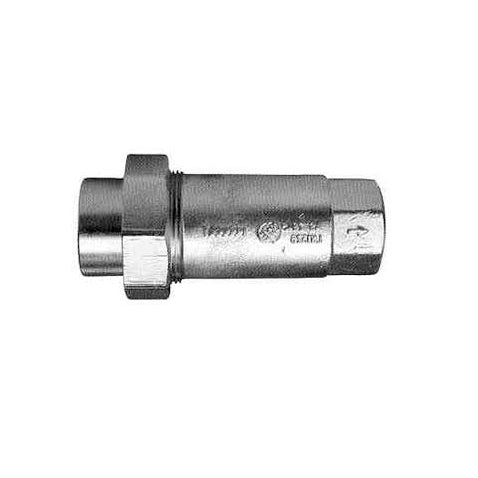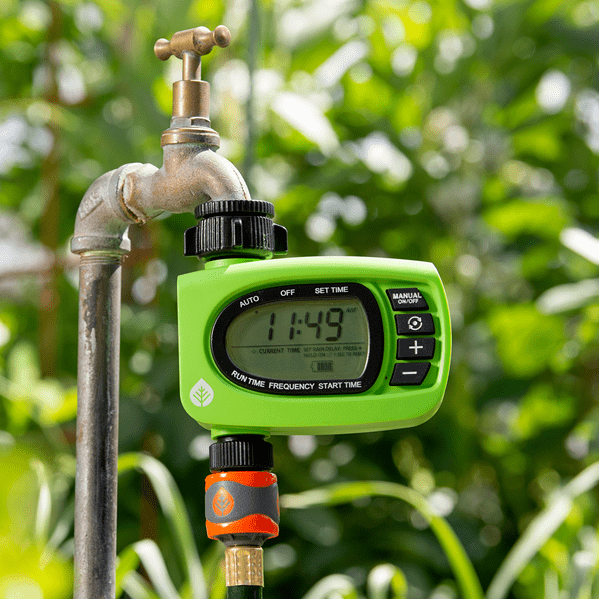
Irritrol Dual Check Backflow Preventer
Irritrol Dual Check Backflow Preventer
The Dual Check Valve provides protection to the potable water supply from contamination in low hazard applications like meter connections on domestic properties.
Features
- Protects against back pressure and back siphonage
- Suitable for low hazard applications
- Compact and lightweight
- Corrosion resistant
- Independently operating check valves
- Operating temperature range of 1°C to 60°C
- Suitable for vertical and horizontal installations
- Approved to AS 2845-1
Specifications
| Materials | DR Brass (body + covers); stainless steel (springs) |
| Size (Model No) |
20mm (101DC20) |
| Dimensions | 91 x 46mm |
| Size (Model No) | 25 mm (101DC25) |
| Dimensions | 92 x 46mm |
| Inlet/Outlet BSP | Female |
| Working Pressure range | 220 - 1200kPa |
| Materials | Plastic |
| Size (Model No) |
20mm (101DC20P) |
| Dimensions | 91 x 46mm |
| Size (Model No) | 25mm (101DC25P) |
| Dimensions | 92 x 46mm |
| Inlet/Outlet BSP | Female |
| Working Pressure Range | 220 - 1050kPa |
| Operating Temperature Range | 1˚C - 60˚C |
Documentation
Videos
No Video Available
Compatible with
Threaded Fittings
Irritrol Dual Check Backflow Preventers are compatible with any Threaded fitting of the appropriate size (Click here to view)
Reviews


